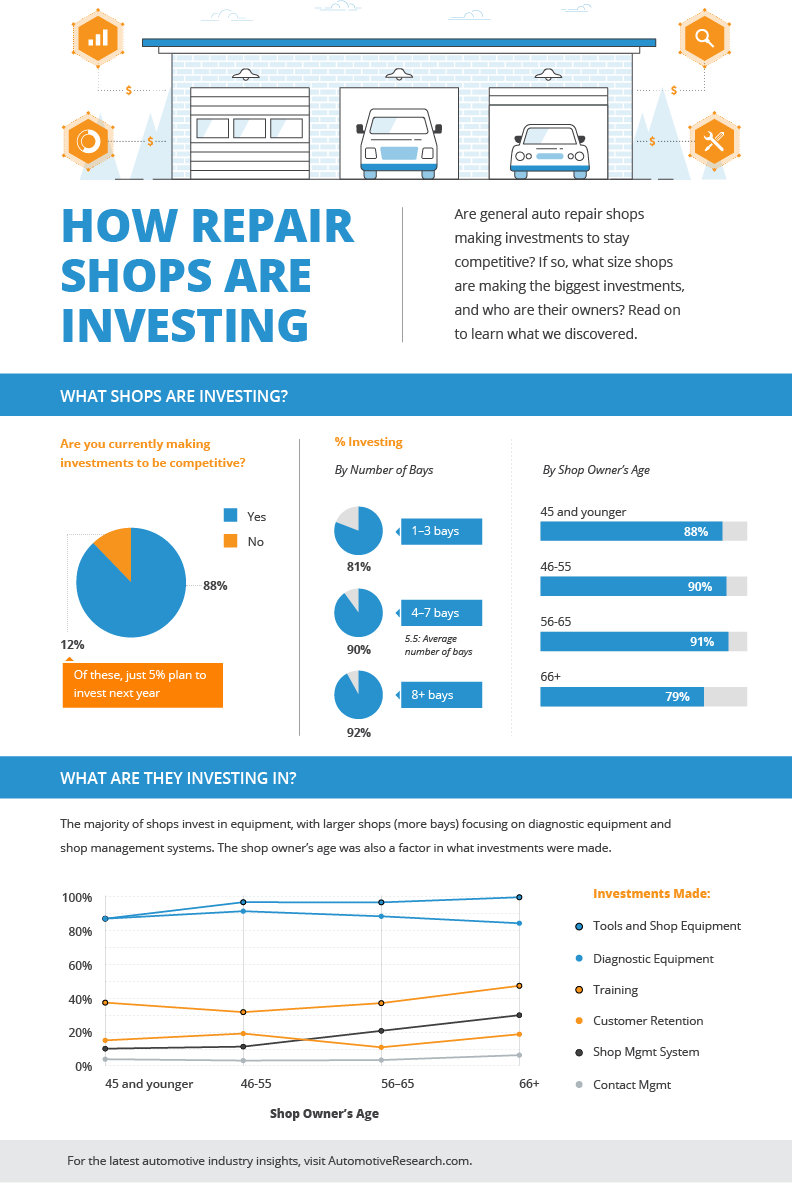Understanding The Definition Behind Your Car'S Caution Lights: A Comprehensive Look
Understanding The Definition Behind Your Car'S Caution Lights: A Comprehensive Look
Blog Article
Produced By-Boye Torres
When you're behind the wheel, those beautiful warning lights on your control panel can be a bit bewildering. Do https://collinsmhbv.get-blogging.com/31712448/trick-instruments-that-are-essential-for-each-automobile-service-center understand what they're trying to inform you regarding your auto's health and wellness? Understanding the significance of these lights is vital for your security and the durability of your car. So, https://car-brakes62849.vblogetin.com/36827208/eager-to-uncover-the-very-best-automobile-repair-shop-nearby-check-out-the-leading-10-suggestions-that-will-certainly-help-you-come-to-an-educated-choice following time one of those lights pops up, wouldn't you intend to understand its message properly and take the necessary steps to address it?
Common Warning Lighting and Interpretations
Recognize common warning lights in your automobile and understand their significances to guarantee secure driving.
One of the most typical caution lights consist of the check engine light, which signifies issues with the engine or discharges system. If this light begins, it's vital to have your vehicle checked without delay.
The oil stress cautioning light indicates reduced oil pressure, needing prompt focus to avoid engine damages.
A blinking battery light may suggest a faulty charging system, potentially leaving you stranded if not addressed.
The tire pressure monitoring system (TPMS) light informs you to reduced tire pressure, affecting automobile stability and fuel performance. Disregarding this could bring about risky driving problems.
The ABS light indicates a problem with the anti-lock stopping system, jeopardizing your capability to quit swiftly in emergency situations.
Finally, the coolant temperature level warning light warns of engine getting too hot, which can result in severe damage otherwise dealt with quickly.
Recognizing these usual caution lights will help you resolve concerns immediately and maintain secure driving conditions.
Relevance of Prompt Interest
Comprehending the typical warning lights in your car is just the primary step; the importance of without delay addressing these cautions can't be highlighted sufficient to ensure your safety and security on the road.
When a warning light brightens on your dashboard, it's your vehicle's way of interacting a prospective problem that needs attention. Disregarding these cautions can cause a lot more extreme problems later on, compromising your safety and potentially costing you extra in repairs.
Motivate interest to alerting lights can stop failures and mishaps. As an example, a blinking check engine light might suggest a misfire that, if left unattended, can create damage to the catalytic converter. Addressing this promptly can conserve you from an expensive repair service.
In a similar way, a brake system cautioning light could indicate reduced brake liquid or used brake pads, important parts for your safety when driving.
DIY Troubleshooting Tips
If you observe a warning light on your dashboard, there are a few do it yourself repairing pointers you can try prior to looking for specialist assistance.
The initial step is to consult your cars and truck's handbook to comprehend what the specific warning light suggests. Occasionally the concern can be as straightforward as a loose gas cap triggering the check engine light. Tightening up the gas cap may solve the problem.
One more typical problem is a reduced battery, which can trigger numerous advising lights. Examining the battery links for rust and ensuring they're safe might repair the trouble.
If a warning light lingers, you can try resetting it by separating the cars and truck's battery for a couple of mins and then reconnecting it. Additionally, inspecting your lorry's fluid degrees, such as oil, coolant, and brake liquid, can aid troubleshoot cautioning lights associated with these systems.
Conclusion
To conclude, recognizing your auto's warning lights is crucial for keeping your automobile running efficiently and safely. By quickly addressing these informs and knowing what they imply, you can avoid expensive repair services and possible breakdowns.
Remember to consult your car's guidebook for specific information on each warning light and act accordingly to make sure a trouble-free driving experience.
Stay educated, stay safe on the road!
